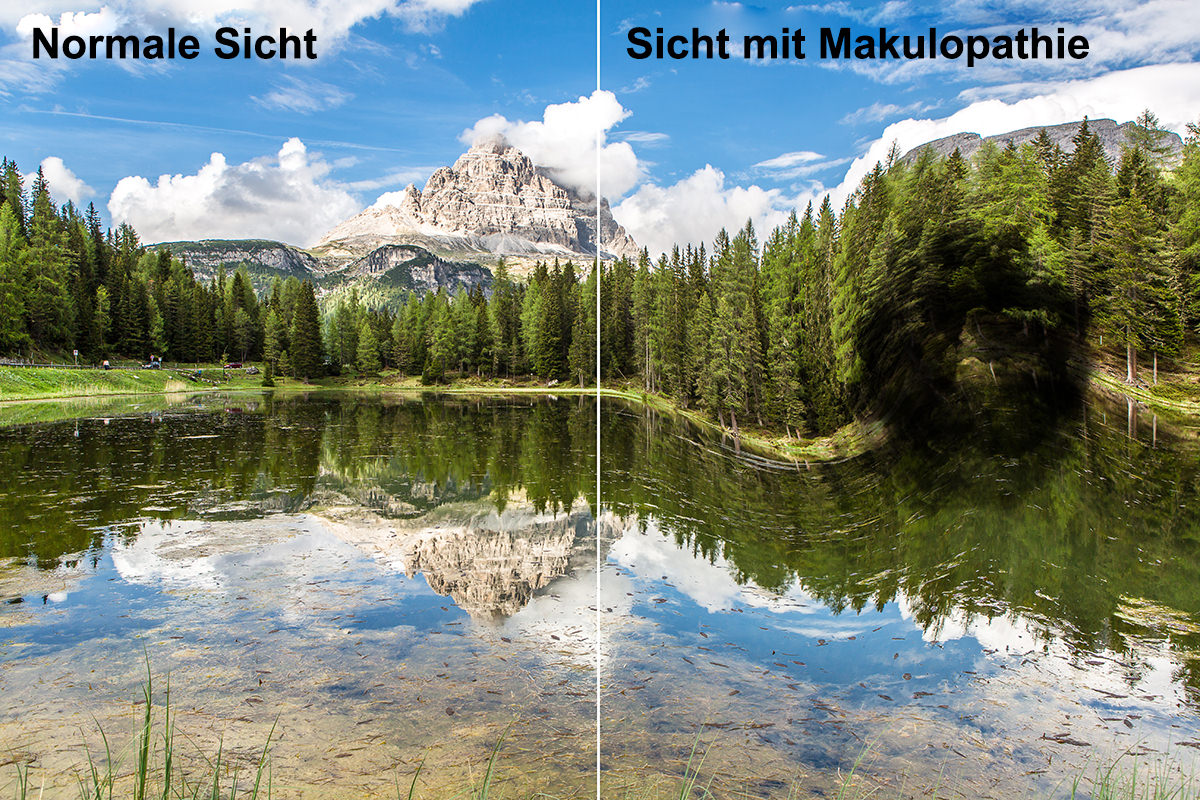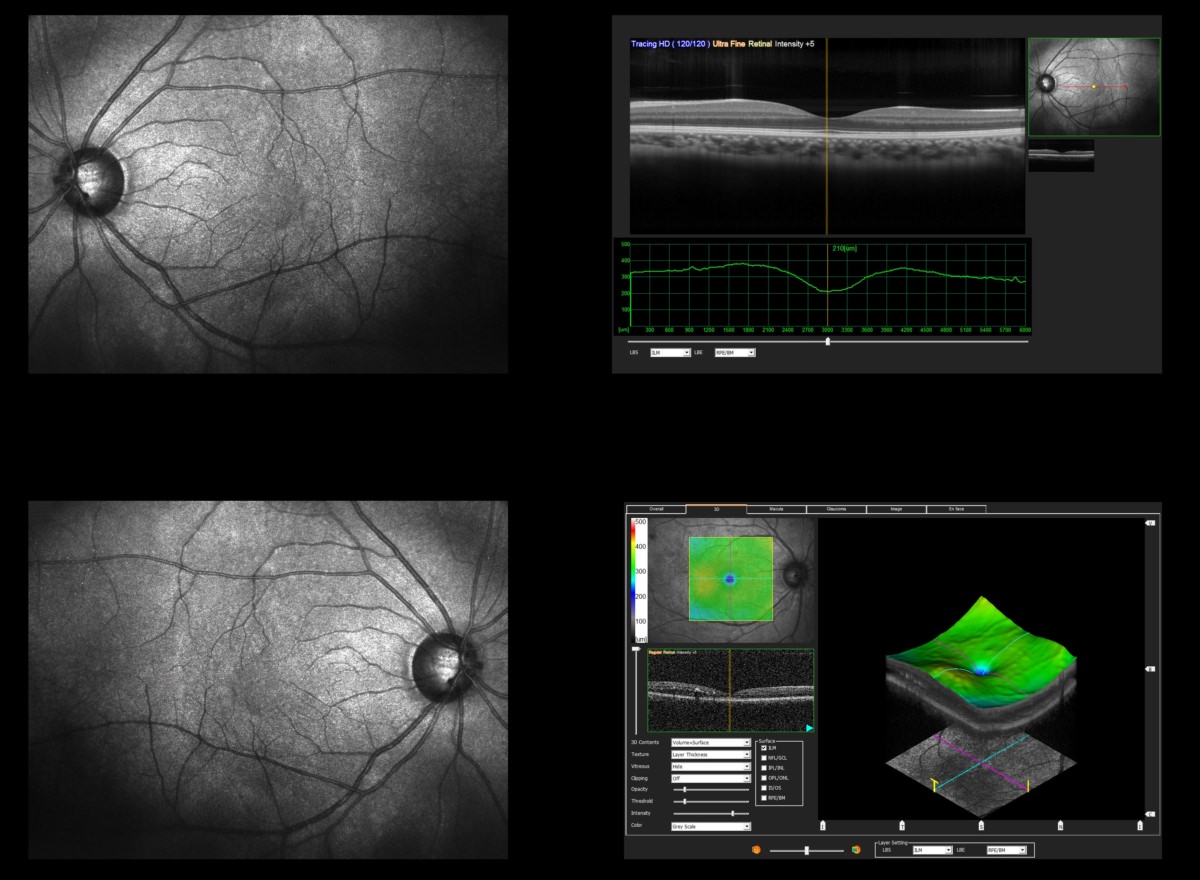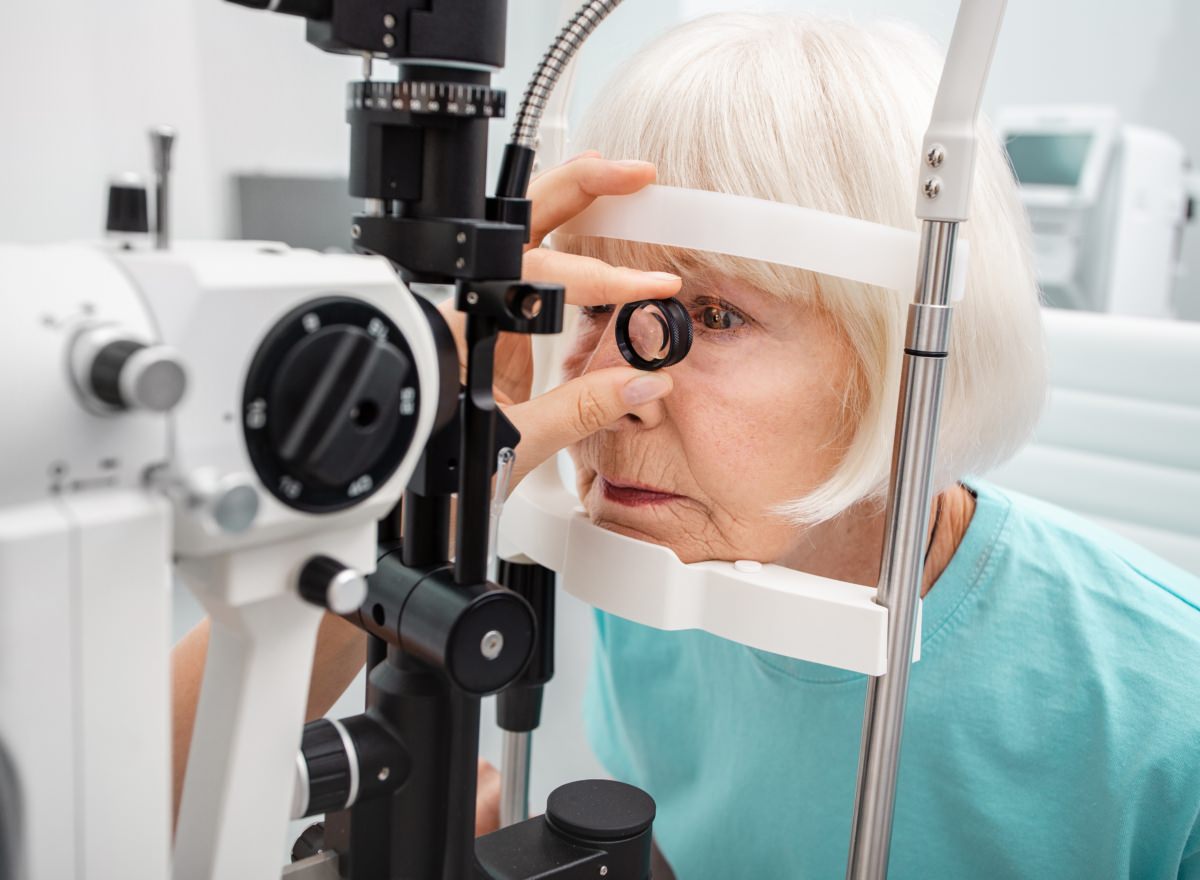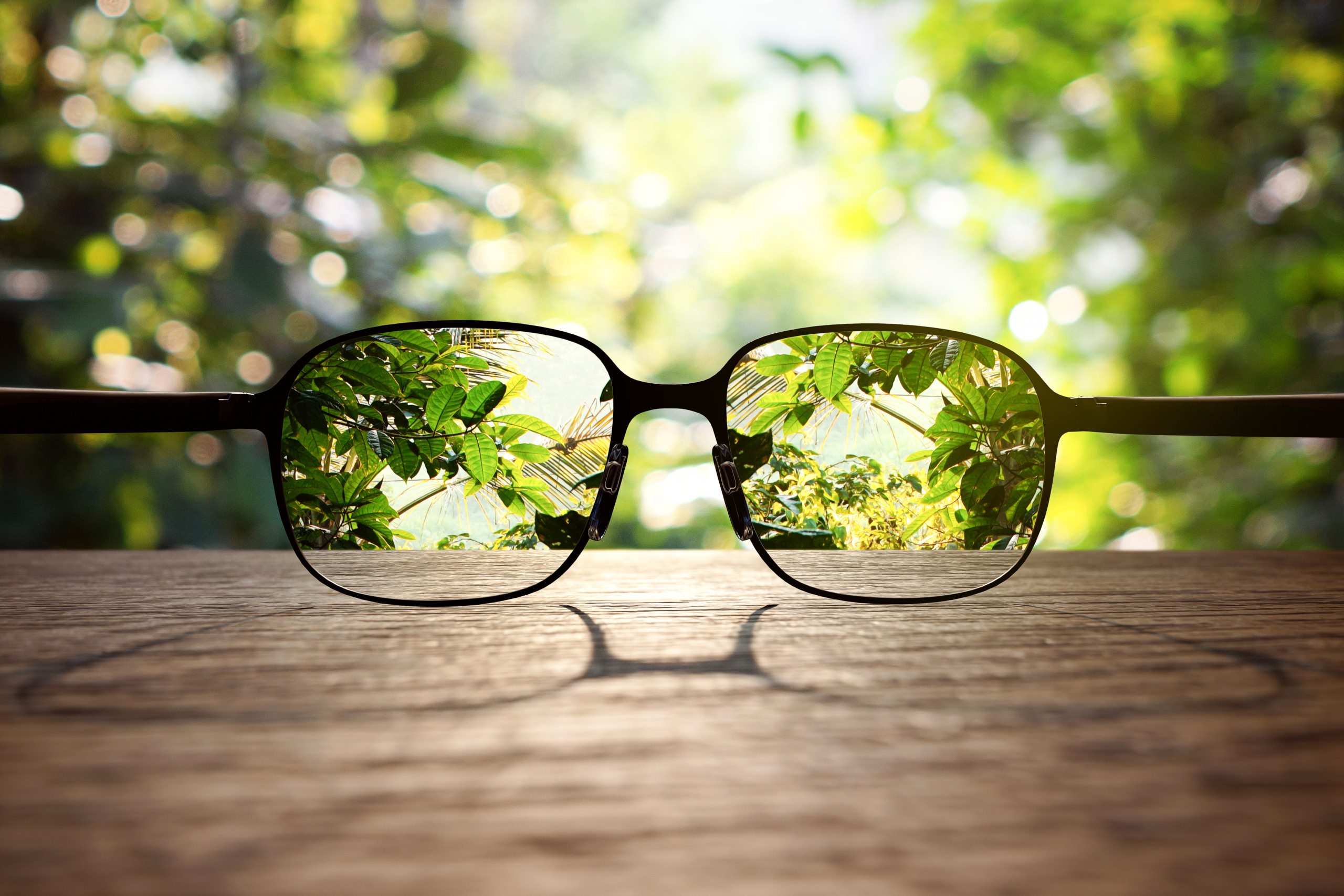As the name suggests, this is an age-related change in the macula, which is the site of the sharpest vision in the human eye. Age-related macular degeneration, also known colloquially as retinal calcification, is the most common cause of severe visual impairment and even blindness in all industrialized nations today.
Mostly it affects older people, especially if there is a corresponding familial predisposition, other risk factors for the occurrence of age-related macular degeneration are environmental factors, smoking, diet, obesity, ethnicity and gender.
A distinction is made between "dry" and "wet" AMD. The dry form is more frequent, progresses more slowly and is currently not curable. The wet form is less common, progresses faster and more aggressively and can lead to severe visual impairment. The characteristic feature is that pathological blood vessels grow into the retina. Fluid, blood can leak from these vessels, leading to thickening of the retina and disturbance of retinal function.
Subjectively, difficulties in reading occur above all, "individual letters fall out", straight lines and edges appear bent or distorted.
Untreated and sometimes despite treatment, AMD leads to the appearance of a central blind spot, so that reading and, for example, recognition of faces is no longer possible. However, the surrounding vision is preserved, so the affected patients can still orient themselves well in space.

Diagnose:
Your ophthalmologist can use a fundus examination to detect early signs of macular degeneration.eration feststellen.
Further, an examination by means of optical coherence tomography (OCT) is routinely performed. Using the cross-sectional images of the OCT, each retinal layer and the presence of pathological changes in the respective layers can be visualized.


In most cases, fluorescein angiography is also performed. This involves using a dye previously injected into the arm vein to document the behavior of this dye in the retinal vessels using a special camera.

Therapie
The treatment of dry macular degeneration is rather aimed at prevention, healthy lifestyle, adjustment of blood pressure and blood lipids, physical exercise, reduction of overweight and eventual prescription of preparations which are a combination of vitamins, lutein and zinc.
Much more important in this context is the early detection and timely start of treatment in case of conversion to wet macular degeneration.

For the treatment of wet AMD, we have substances available that lead to an inhibition of vessel growth. These are injected into the vitreous body during an outpatient procedure. (so-called IVOM). The injection is painless, but it must be repeated at regular intervals until the retinal findings stabilize. In rare cases, photodynamic therapy or laser therapy can also be performed as a supplement.

